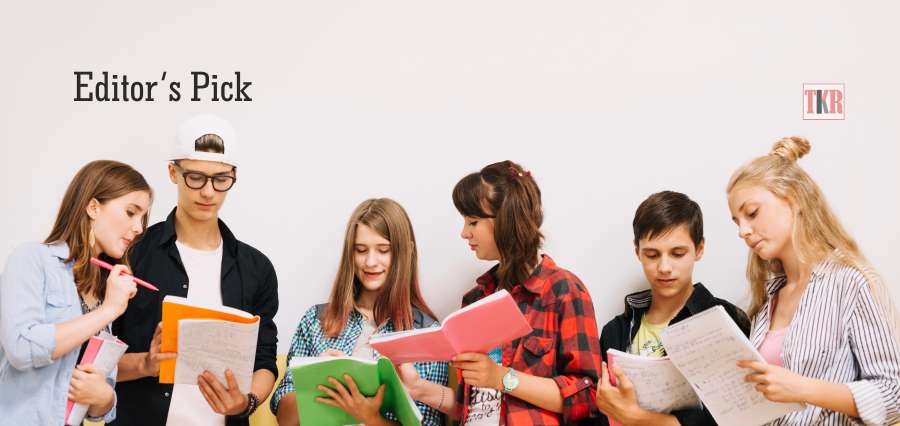“Collaboration is like carbonation for fresh ideas. Working together bubbles up ideas you would not have come up with solo, which gets you further faster.” – Caroline Ghosn
The educative world today has achieved immense levels of advancements which have helped in enhancing the quality of education imparted on students. Technology for example has made things easier by allowing students the convenience of utilizing the internet and other facilities. This way every person is able to excel in their own manner at academics and gain extra information as well in any topic they desire. Yet, this has in some ways reduced the amount of team work that is necessary to facilitate essential communication skills among the classmates. Hence it is of utmost importance that educators introduce the concept of collaborative learning from the initial stages of schooling to the students.
This educational approach towards learning as well as teaching is a process where students work together on a common topic in groups. It can be to solve a problem, complete a particular task assigned to them or think of new and innovative ideas for projects.
Glimpse into a Diverse Methodology
Present day youngsters aren’t as exposed to direct communication as their older counterparts. In order to incorporate this method of learning, teachers need to prepare the students well in advance. This is necessary as the mind needs to gradually be molded in that particular direction and some students may find it different and unusual to grasp. It’s ideal for the class to last 50 minutes to initiate the conversations and help the students become familiar with the topic of discussion as well. Encouraging dialogue in the classrooms can give rise to meaningful interactions which can act as an initiator of new and creative ideas as well. When students are taught to sustain in a group while taking independent decisions as well, they also learn to become a part of a community which ensures assistance to anyone that may require it.
There are several components that are involved in the process such as negotiation between the group, sharing common thoughts and ideologies while also verbalizing them and turning them into a positive output. This will additionally stimulate and lead to elaboration of further conceptual knowledge.
Execution of the Methodology
It is very important that as an educator one needs to keep their expectations clear. This helps the students’ gain an idea of how much effort needs to be put in for a particular topic. It’s always a good idea to lend the students a helping hand with regard to hint questions or giving them an idea of the formatting. This makes communicating easier for them while also bringing forth seamless discussions among the classmates. It will also help them in meeting their individual learning goals as well. It may initially seem like a challenge that the teachers will need to get through while trying to create new and innovative collaboration activities. When the groups are assigned that isn’t where the task is completed, in fact the teacher will have to ensure that there is a healthy conversation taking place. Usually some students may seem hesitant to place their thoughts in front of the entire group, but with a little encouragement and support they open up and this is exactly when they can find their voice.
The quality that is extremely essential that is the ability to research also receives a push as everyone working together will ensure exchange of vital information. This also increases the knowledge bank of the group as a whole. While conversing with each other, the students will definitely get familiar with each other which is an added benefit but it’s still necessary for them to be familiar with other classmates as well. Hence, sometimes exchanging their groups can help them communicate with more people in a better manner.
Perquisites of Coordinated Learning
When the students learn to bring in coordination into their learning journey, they find things getting easier to deal with. This process helps in enhancing the achievement of the students as everyone is earning credit for their efforts. This in turn leads to more positivity among themselves which is excellent to gain a wide circle of friends or acquaintances. Communication is an extremely important element in collaborative learning and it builds the quality in every student. The students also start having a task centric approach as they do not need to worry about how they will be able to extract information. The communication skills developed during an academic tenure will always help the youngsters in their future endeavors.
The students also show better attitudes towards their lecturers as they’re able to understand what the lecturers say and teach. Additionally, the quality of coordinated learning will ensure that when the students step into their respective workplaces, they’re ready to take charge of the tasks given to them and be better employees.









